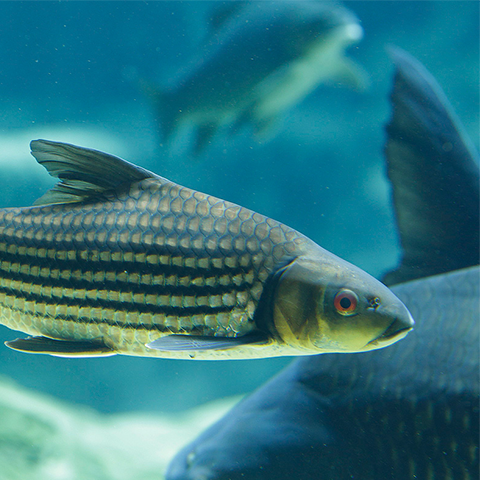Conservation Actions
There are no known conservation actions in place for this species. Research into its population, life history, and threats is needed alongside monitoring of habitat trends and the development of an area-based management plan. Site and habitat protection is also recommended. Public educational programmes should be put in place to raise awareness on the vulnerability of the species due to habitat fragmentation or modification.
Location Information
The species is only known from the middle Kapuas River drainage in Kalimantan Barat, Indonesia (Tan and Kottelat 1998).Geographic Range
Extant
Indonesia
Population Information
It was previously estimated that the population had declined by greater than 30% during the period of 1997–2007, owing to habitat degradation and pollution (Jenkins et al. 2009). There has been no evidence suggesting that population trends and threats to the species have changed in recent years. Giam et al. (2012) used species distribution data and past rates of peat swamp forest loss to estimate the probability of this species becoming globally extinct due to habitat loss projected to occur between 2010-2050. The probability of extinction of this species was estimated at 17-93%. This estimate is of the probability that the species will eventually become extinct due to habitat loss and is not the probability that it will be lost by 2050 because there may be an extinction time lag.Threats
Large-scale conversion of peat swamp forests to industrial-scale forestry and monoculture plantations pose a threat to this species (Giam et al. 2012). Additionally, pollution from illegal gold mining has been cited as another threat to the species (Jenkins et al. 2009).



